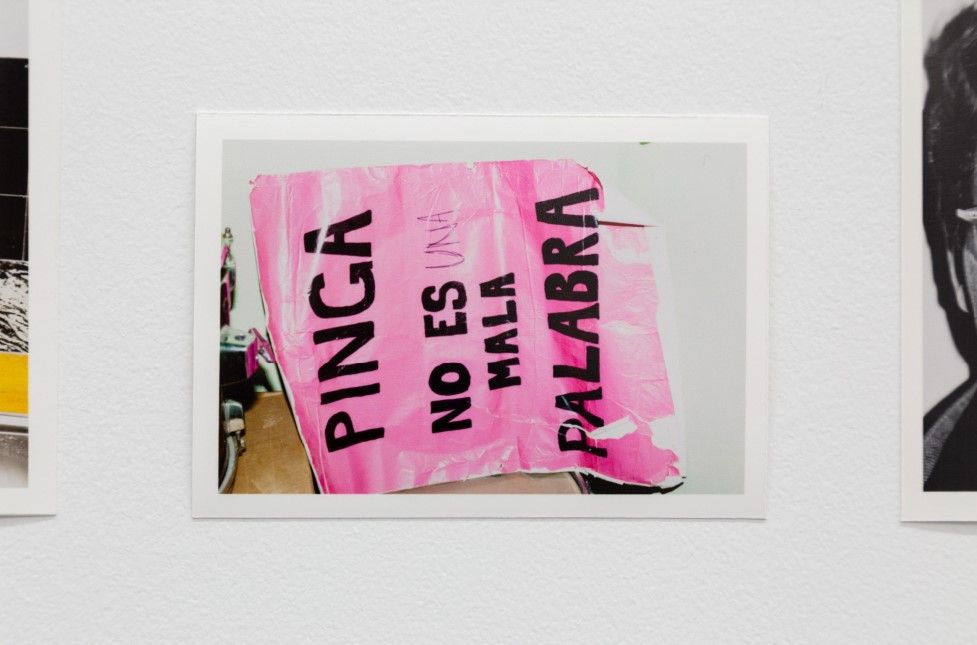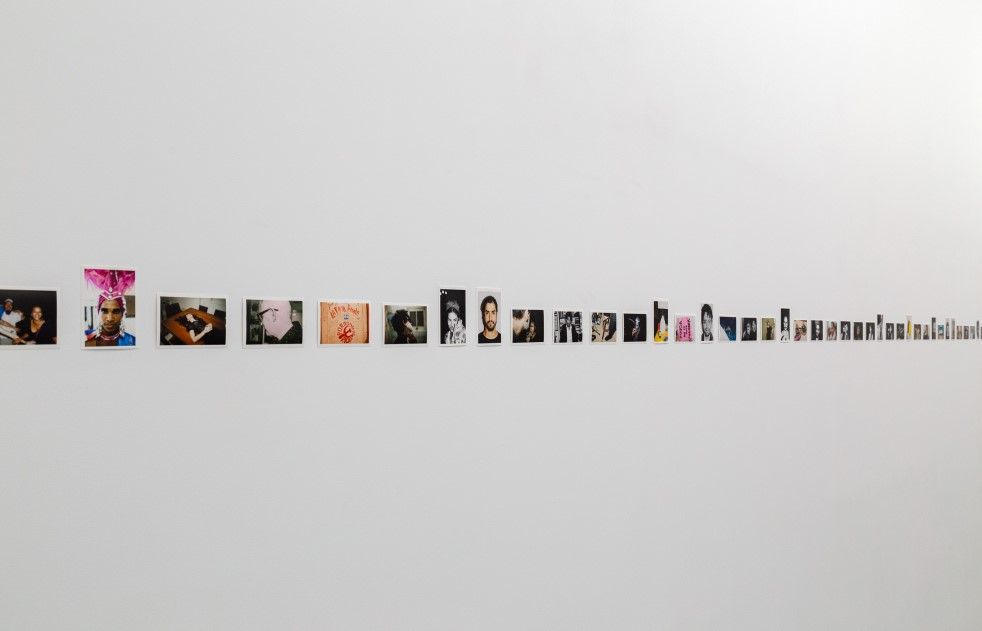I open, for the umpteenth time, La fiesta vigilada in one of my favorite sections of the book by Antonio José Ponte, the one that covers the P.M. affaire (1961), that movie created by Sabá Cabrera Infante and Orlando Jiménez Leal, to this day the most controversial film in the history of Cuban cinema. That little thirteen-minute film “did not hide,” according to Antonio José Ponte, “behind any pretext to display the party. The party was its entire plot […]. It constituted a potential filmic guerrilla.”
I have always believed, and my re-reading of Ponte’s book confirms it, that a good part of the work of Leandro Feal (Havana, 1986), full as it is of marginalized and festive bodies, of lightness and gravitation, but also of what, referring to another context, Ángeles Donoso Macaya called “insubordination in photography,” could be read as a continuation of P.M. by other means.

In these political ecologies, music has always had, as in P.M., a central place. But this relationship between music and images has rarely been as explicit in Feal’s work as it is today. From that montage à la Eisenstein of attractions of which Ciudad celeste is a part, a video installation in which references as distant and improbable as Abel Gance, Agnès Varda and Virgilio Piñera come together and question each other, to another installation, almost spiritualist, Fantasía cromática para una noche con el Chori, where a botellófono evokes the specter of that timbalero and mythical showman of Havana’s clubs, Silvano Shueg, el Chori (1900-1974), star of P.M. and graffiti artist.

Along with this, a piece like La fiesta vigilada records, through its one hundred small-format photographs unfolded like a score or a paper film, the mystery, the lightness and the grace of certain faces and bodies that are very familiar to me. They are, for the most part, friends and people close to Feal, almost all Cuban artists and intellectuals whose lives and works can be read in open opposition to, or escape from, the basso continuo of official culture.
And, not far from these photos, hanging on a wall, as in an arsenal, Noticias del paleolítico shows the clubs used in Cuba by the Rapid Response Brigades (BRR) and other parapolice groups, the rhythmic instruments used, regularly, to repress and beat that other popular party that the peaceful demonstrations against the government have become on the island. Those clubs, more than an abstract symbol, when seen up close, look more like curious pre-political fossils, a form of war technology, between ominous and ridiculous, that precedes the invention of iron and citizenship.
Finally, if one wants to think of the historical irony of which they are a part, they are the tools of primitive communism, those which, according to certain Marxist manuals, correspond effectively to the Paleolithic.
New York City, March 15th, 2023
* The exhibition La fiesta vigilada, by Cuban artist Leandro Feal, opened on March 16 and will be open until May 20 at the Cibrian Gallery in San Sebastian, Spain.




